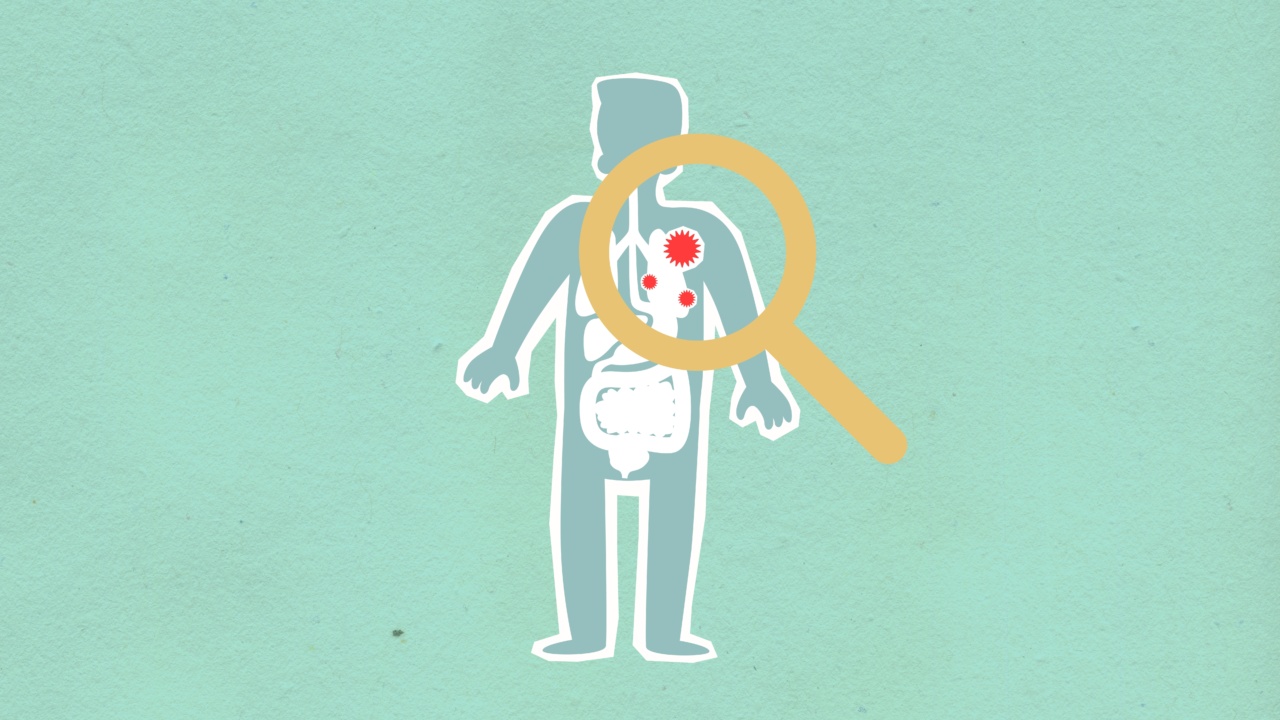Disease allowance is an added benefit provided by some insurance companies to individuals suffering from chronic diseases. It provides them with additional compensation to manage the cost of treatment and medications.
These allowances not only help in managing health conditions but also affect the insurance premiums that the individual is required to pay. Eligibility for the disease allowance is determined based on various factors including the type and severity of the disease, age, gender, and other health-related conditions.
Eligibility Factors for Disease Allowance
To be eligible for disease allowance, the following factors are considered:.
Type of Disease
There are various chronic diseases that are eligible for disease allowance, such as cancer, kidney, liver, heart and lung diseases, Parkinson’s disease, Alzheimer’s disease, HIV/AIDS, and autoimmune diseases, among others.
Eligibility rules change according to specific conditions.
Severity of Disease
The severity of the disease is assessed based on the symptoms and the amount of treatment required to manage the condition.
The severity of the condition is graded, and individuals suffering from more severe conditions are usually eligible for a higher amount of the disease allowance.
Age of the Patient
The age of the patient is taken into consideration when assessing their eligibility for disease allowance. Older patients are usually eligible for a higher allowance since they require more frequent medical attention and treatments.
However, the rules for eligibility are different for seniors and younger patients.
Gender
Gender also plays an important role in determining eligibility for the disease allowance. Females are often eligible for higher disease allowances, particularly for certain conditions like breast cancer.
This may be because women experience higher healthcare costs due to their reproductive system, and a higher incidence of certain health issues.
Other Health-Related Conditions
Some insurance companies require individuals to be enrolled in specific health programs or policies to be eligible for the disease allowance.
These requirements vary between different insurance companies, but generally include a need for regular checkups and medical treatment for the specific condition that the disease allowance is being claimed for.
How Disease Allowance Affects Your Premiums
Diseases have a significant impact on the health insurance premiums. Insurance companies set their premiums based on the level of perceived risk among their policyholders.
Policyholders who suffer from chronic diseases are considered to be a higher risk for the insurance company, which means that they may be required to pay higher premiums.
Disease allowance helps alleviate the cost of treatment for individuals suffering from chronic diseases, which means that they will require less coverage overall.
Therefore, the insurance companies may reduce the premium charged to the policyholder, depending upon the severity and type of disease. This reduction in premium helps in reducing the financial burden on policyholders, and may encourage individuals to enroll in health insurance policies to protect themselves from financial emergency.
When an individual applies for the disease allowance, the insurance company assesses the level of risk associated with the disease.
Based on the perceived risk, the insurance company determines the amount of the disease allowance and the impact the allowance will have on the premium. If the allowance is high, it may lead to a higher premium. While a small allowance may not significantly impact the premium, a higher amount may increase the cost of the policy.
The Bottom Line
Chronic diseases can cause significant financial burden for individuals despite having insurance coverage. Therefore, it is essential to consider the impact of disease allowance on premiums.
Eligibility for the allowance is dependent on various factors such as age, gender, type, and severity of the disease, and other related conditions. The disease allowance can help reduce the burden of medical expenses, and in some cases, may lead to a decrease in the health insurance premium.
However, since a higher allowance can increase the premium amount, it is important to analyze the benefit of disease allowance and its impact on premiums before requesting it from the insurance company.































